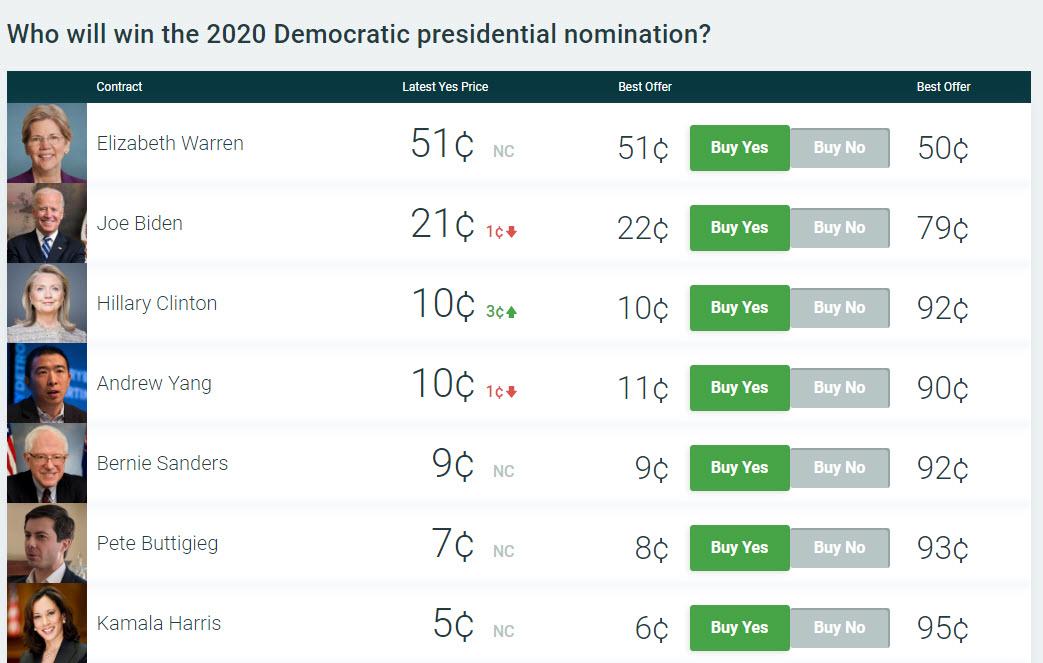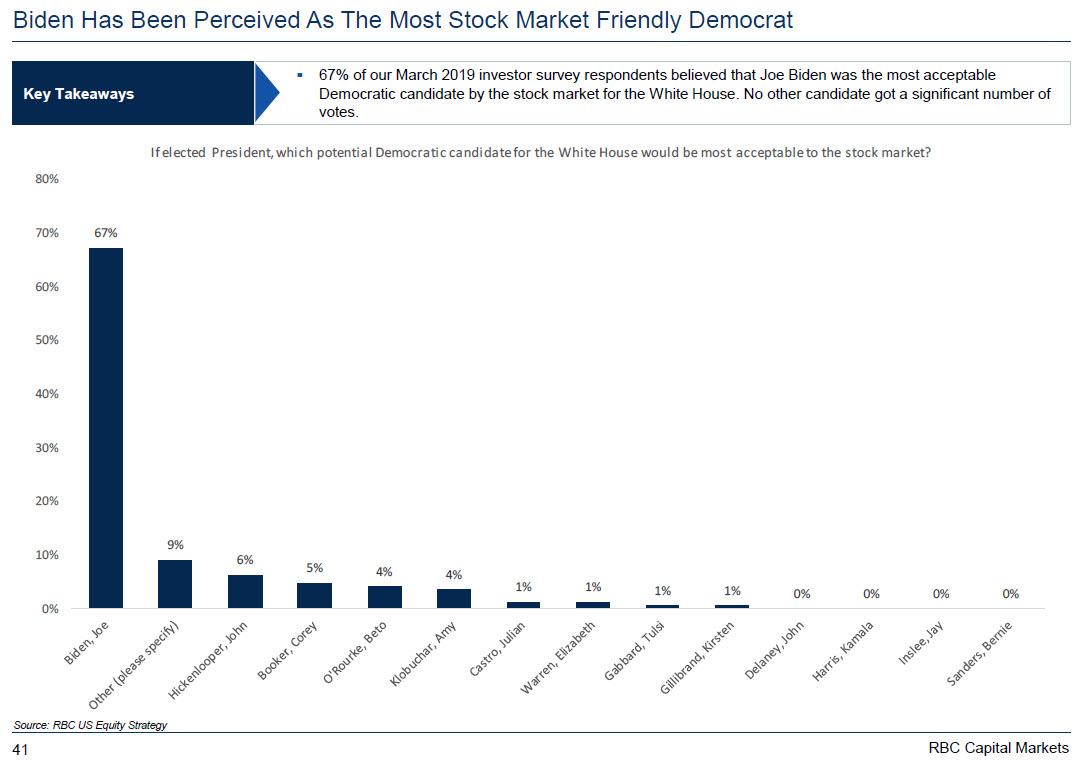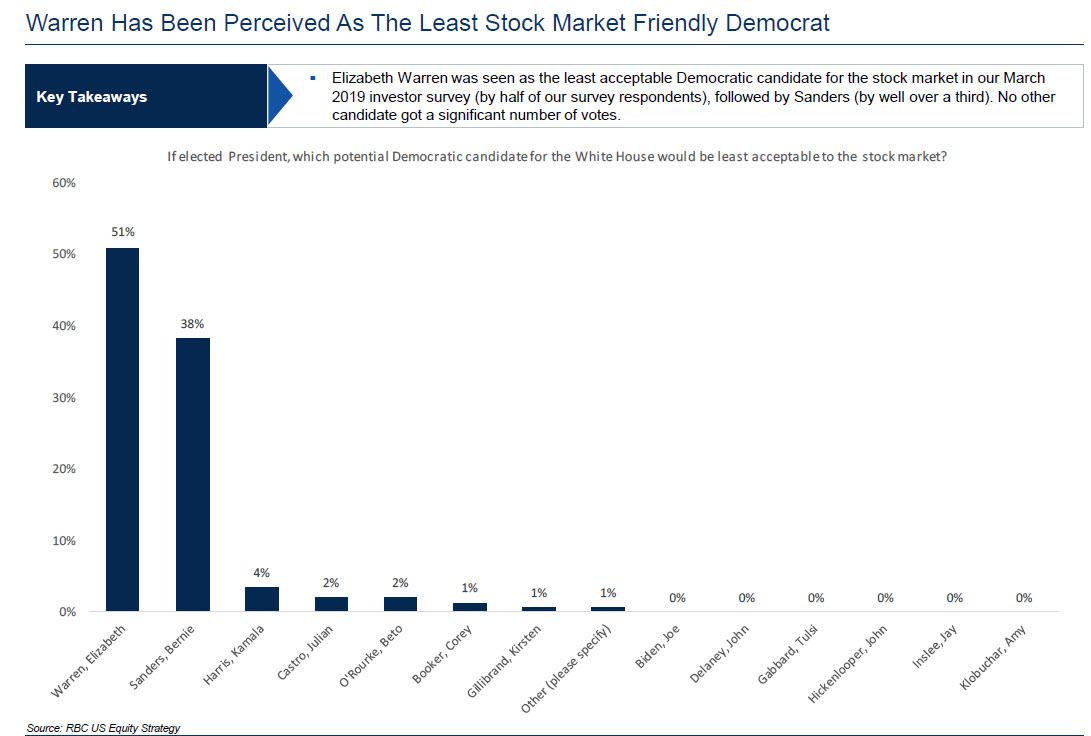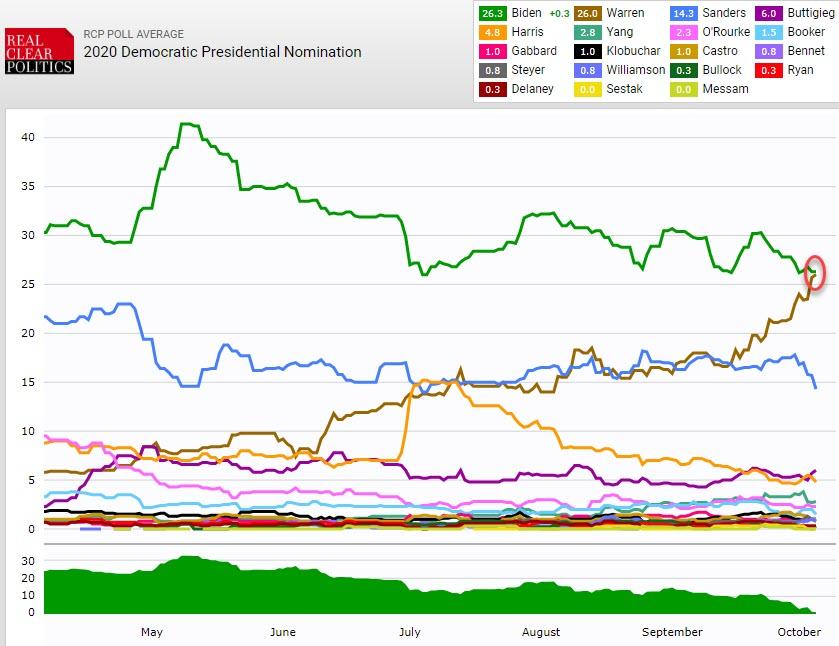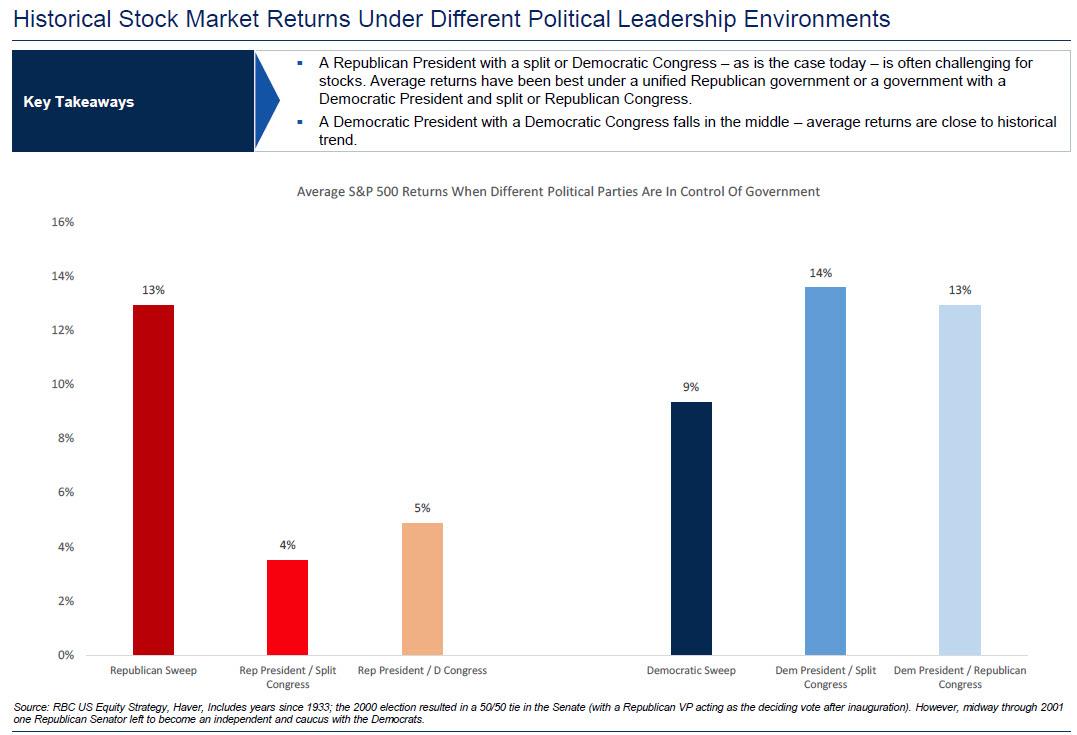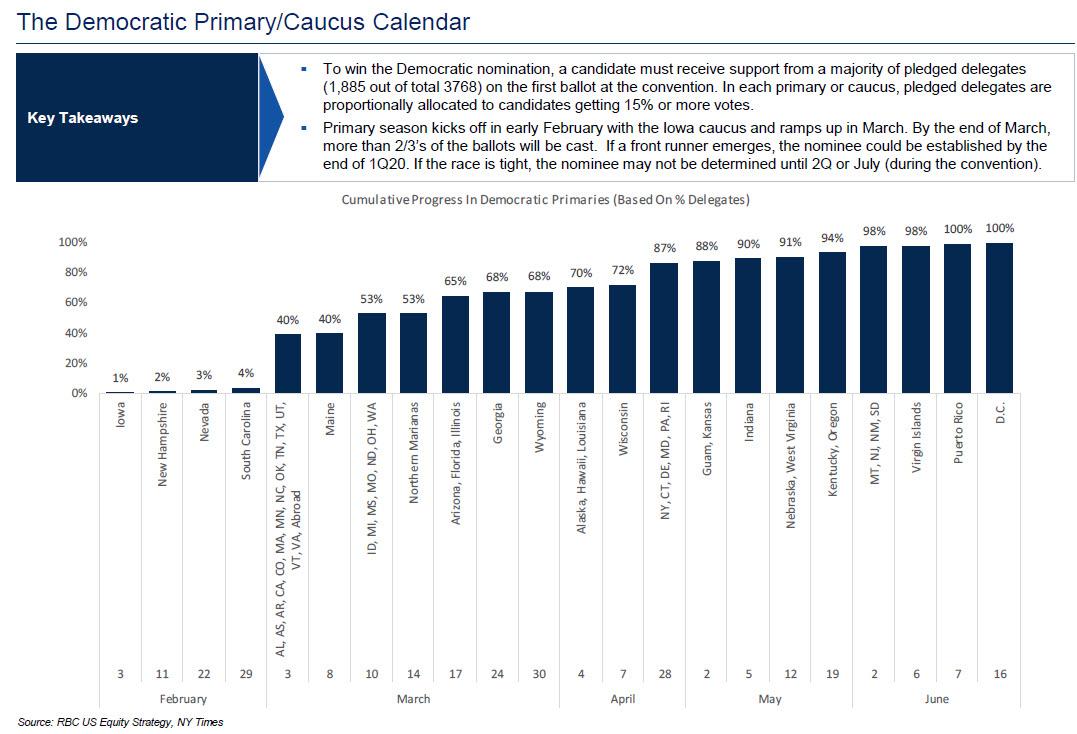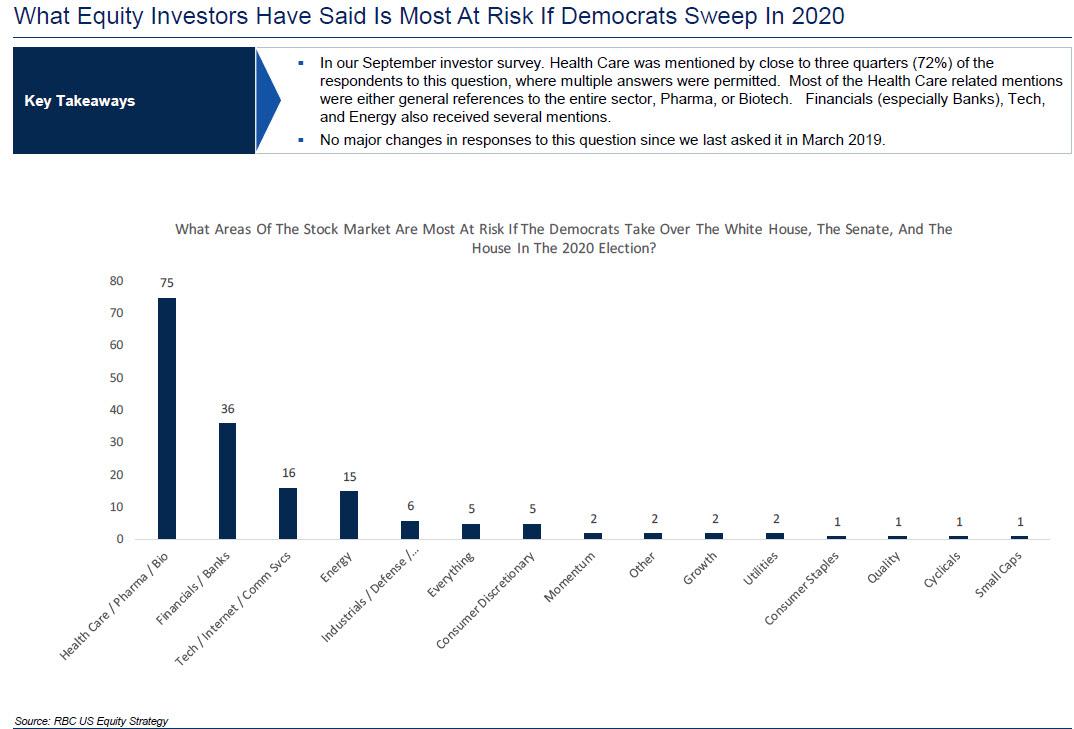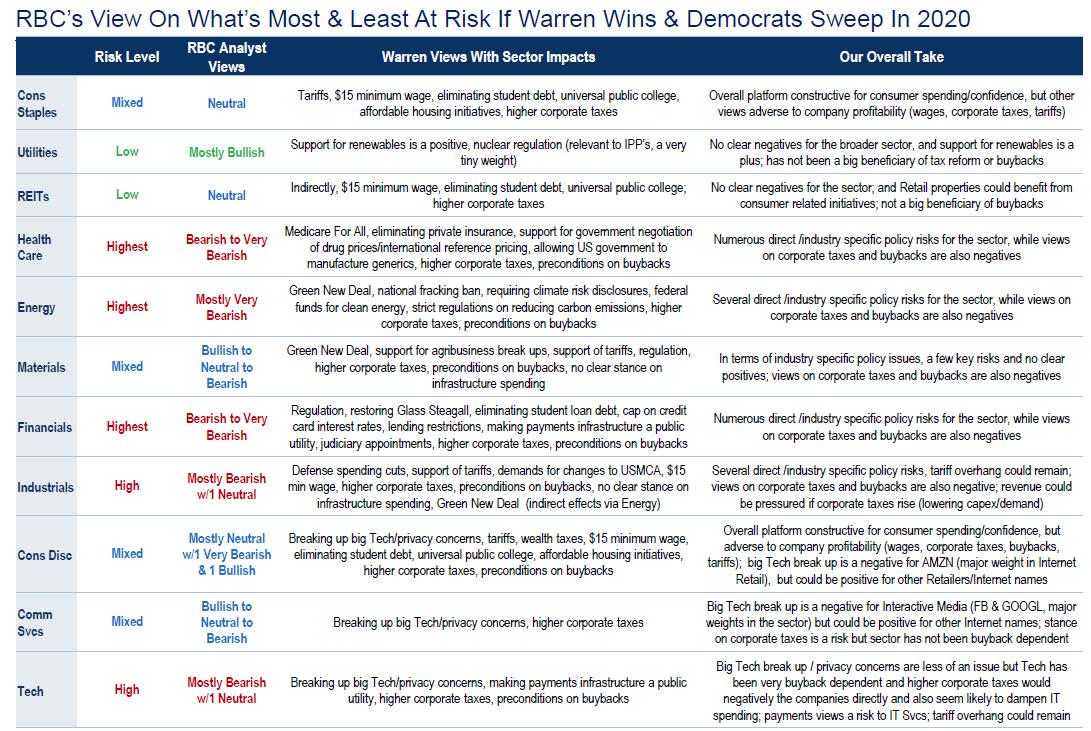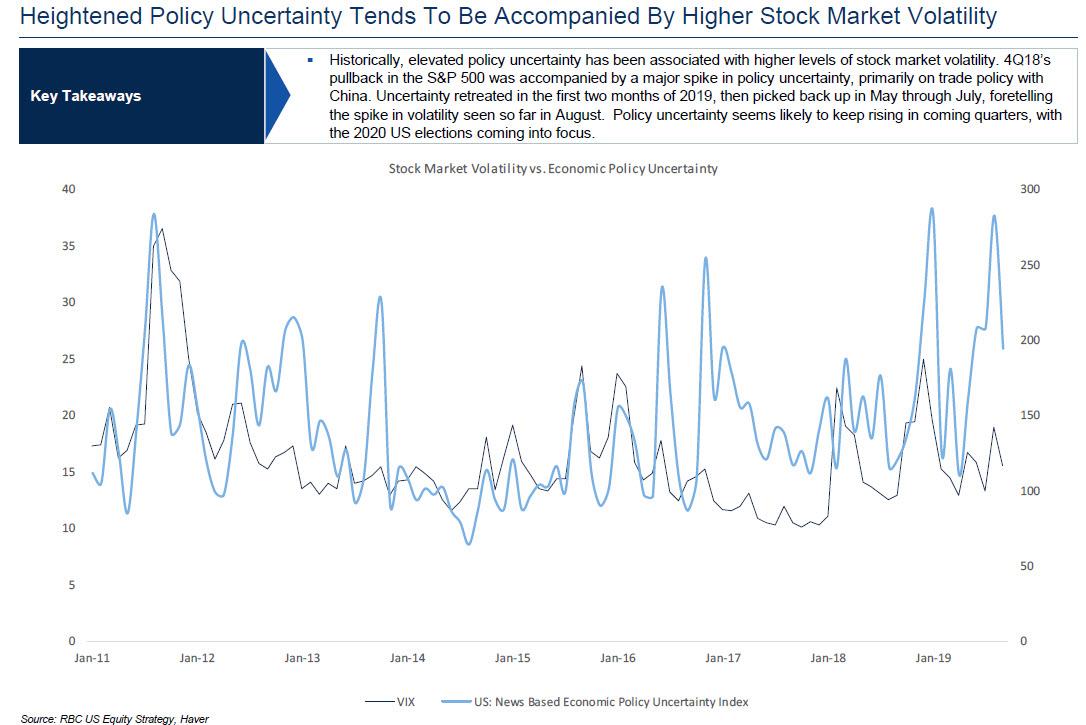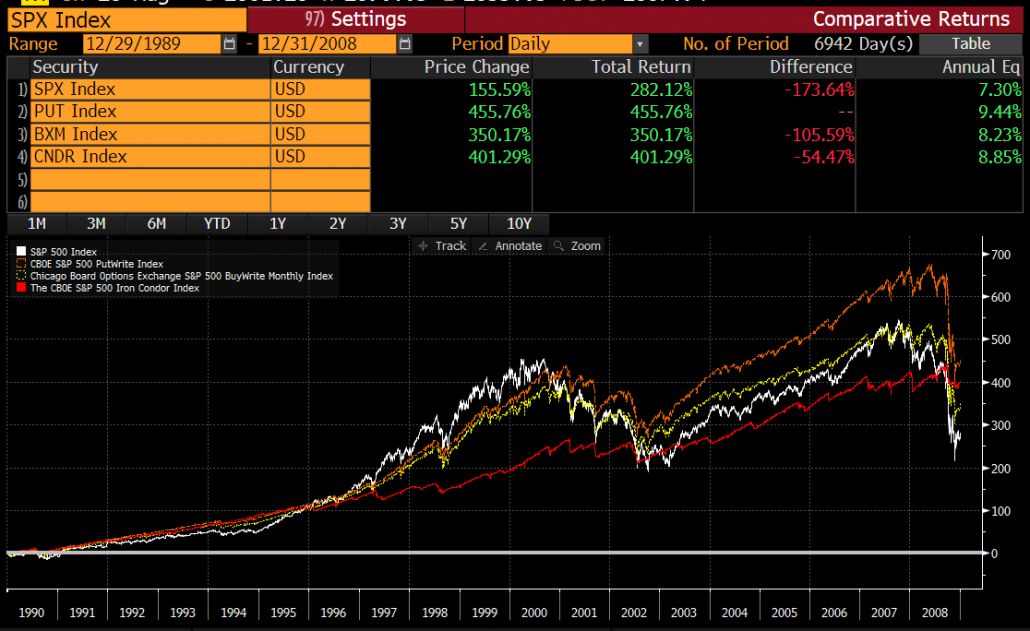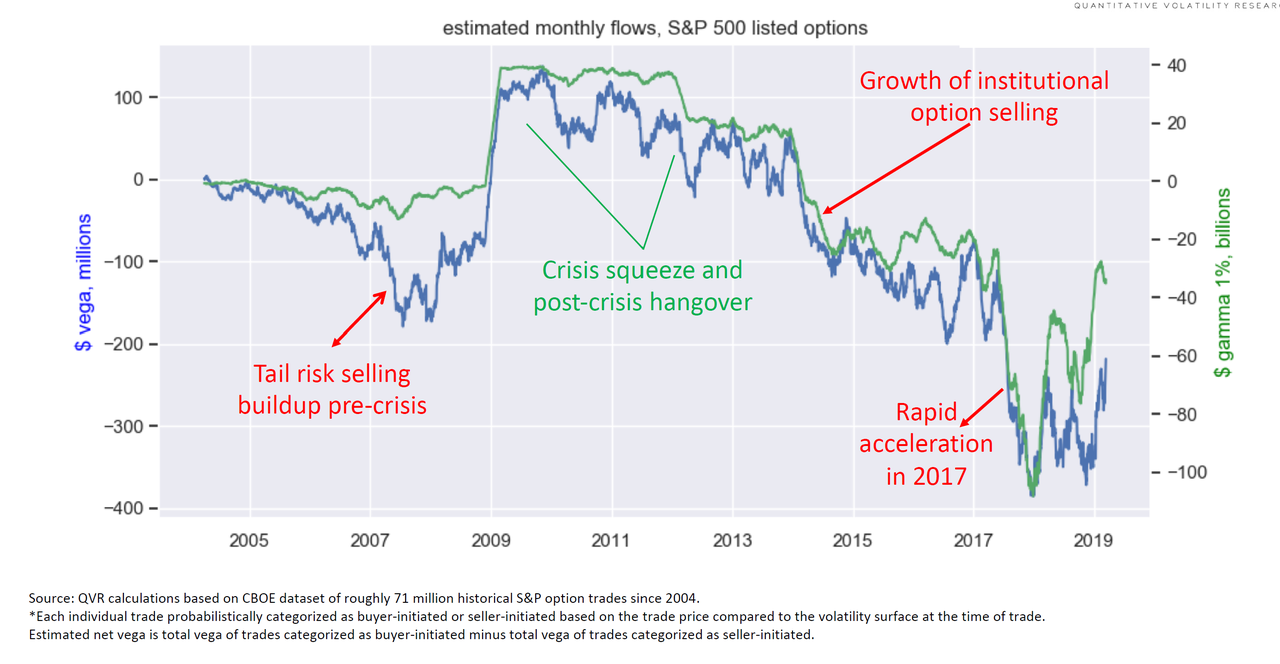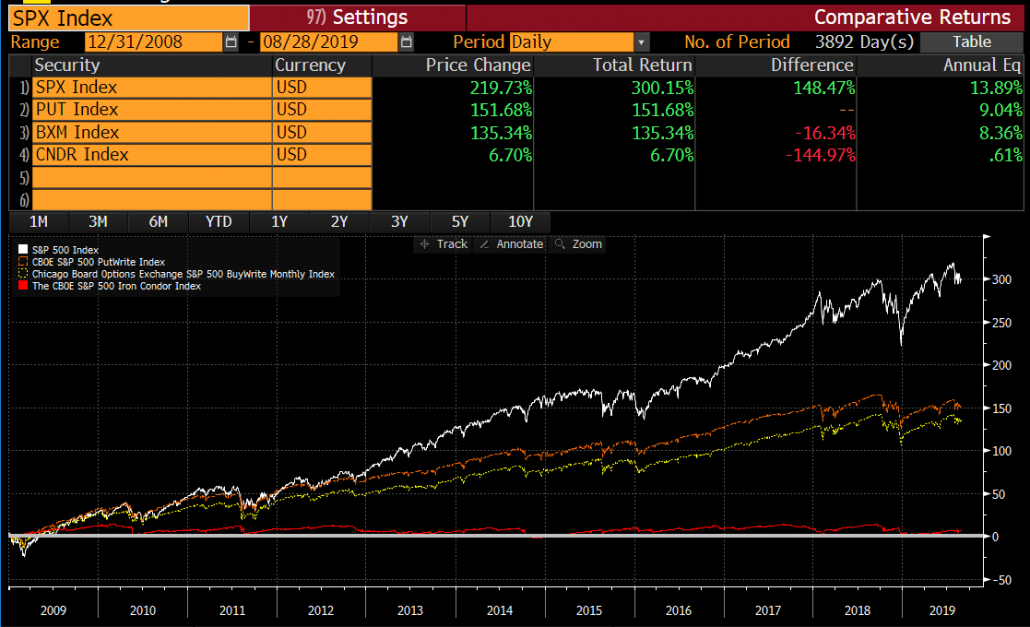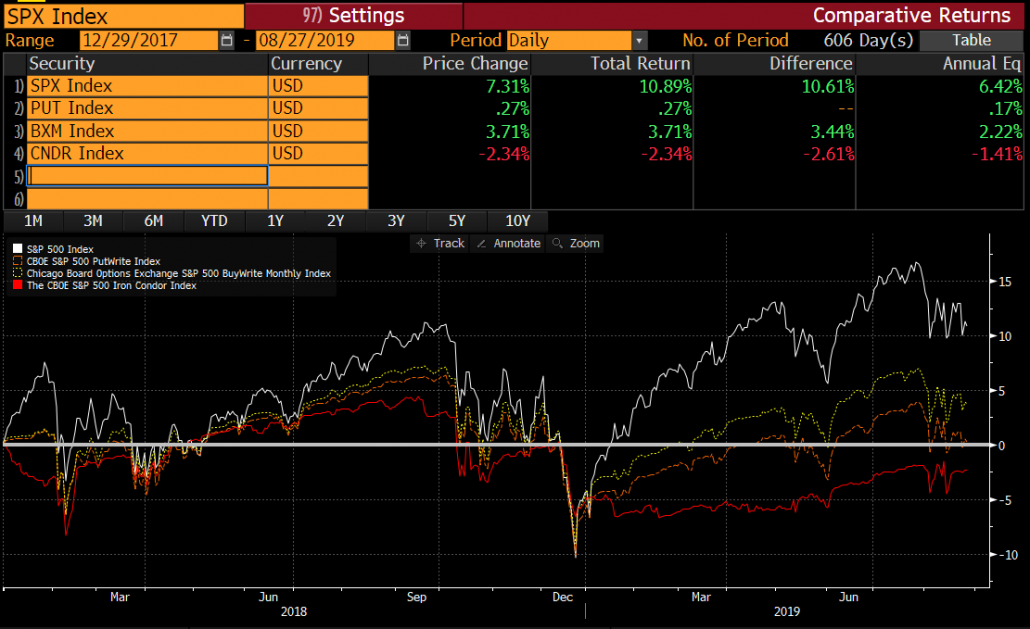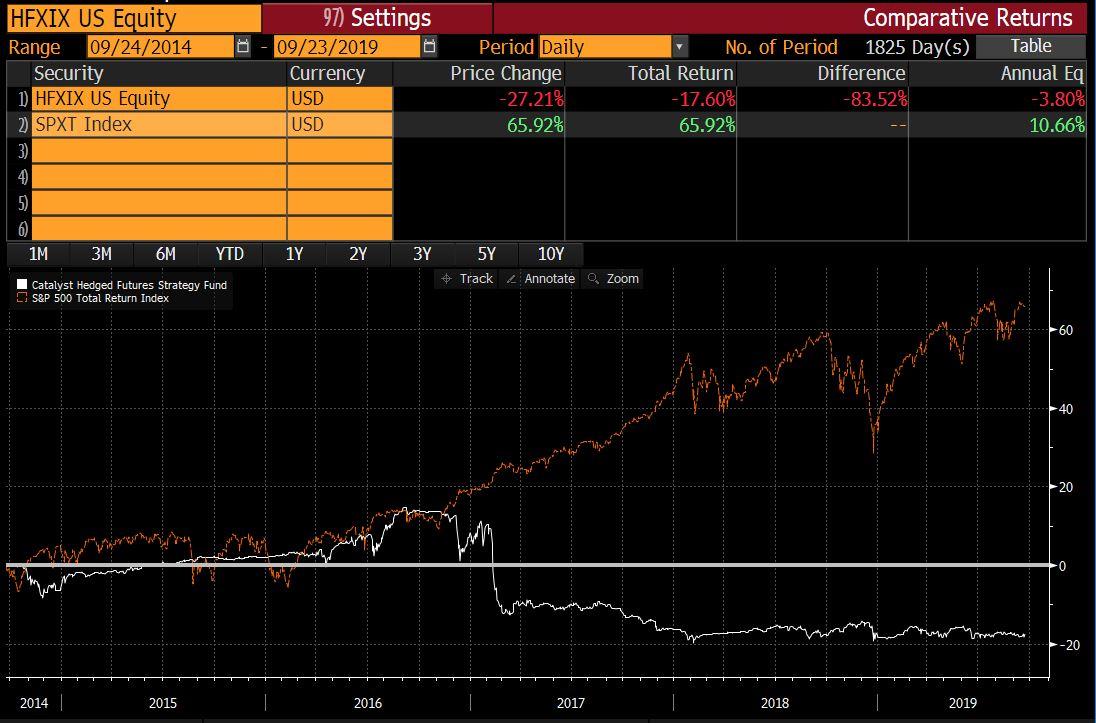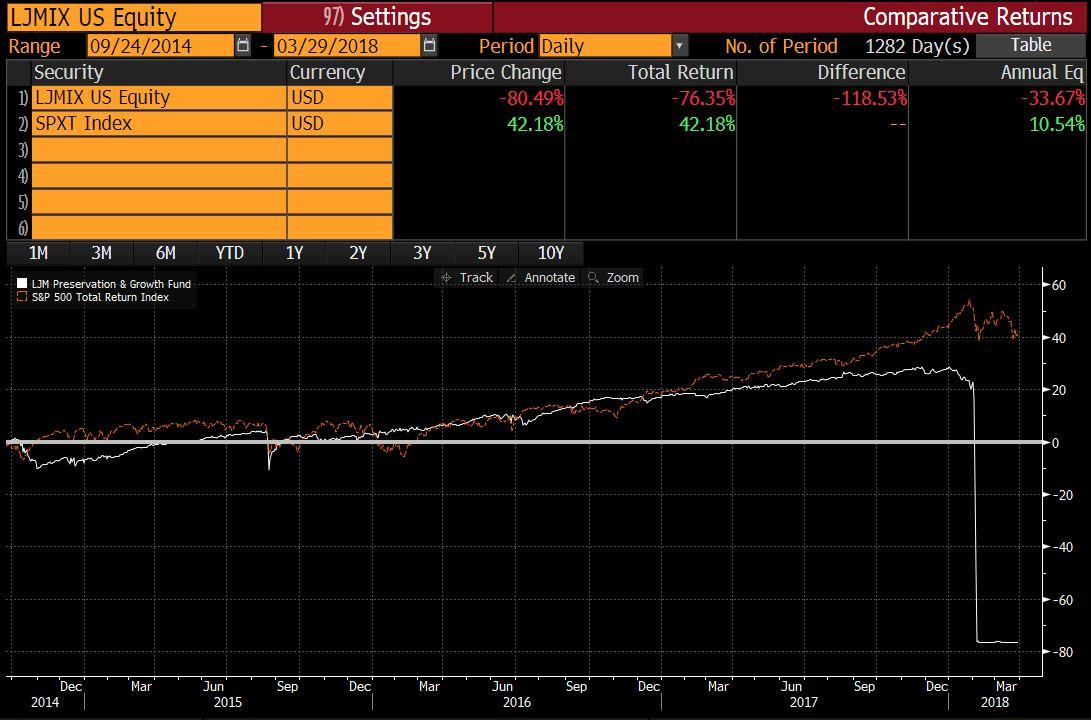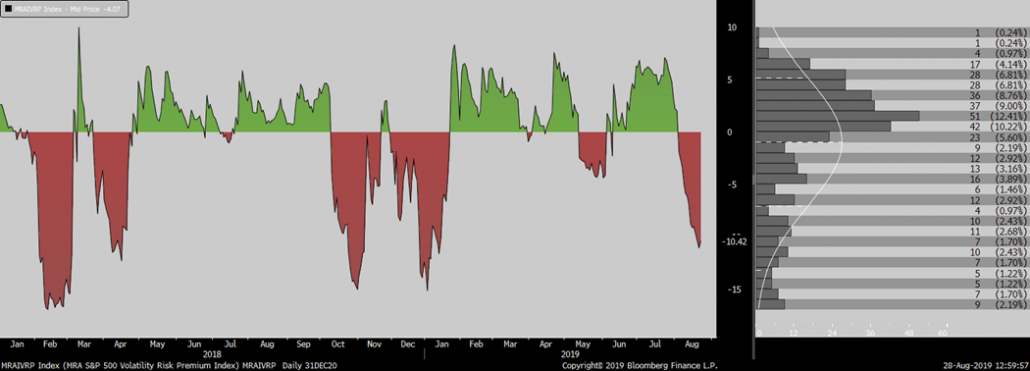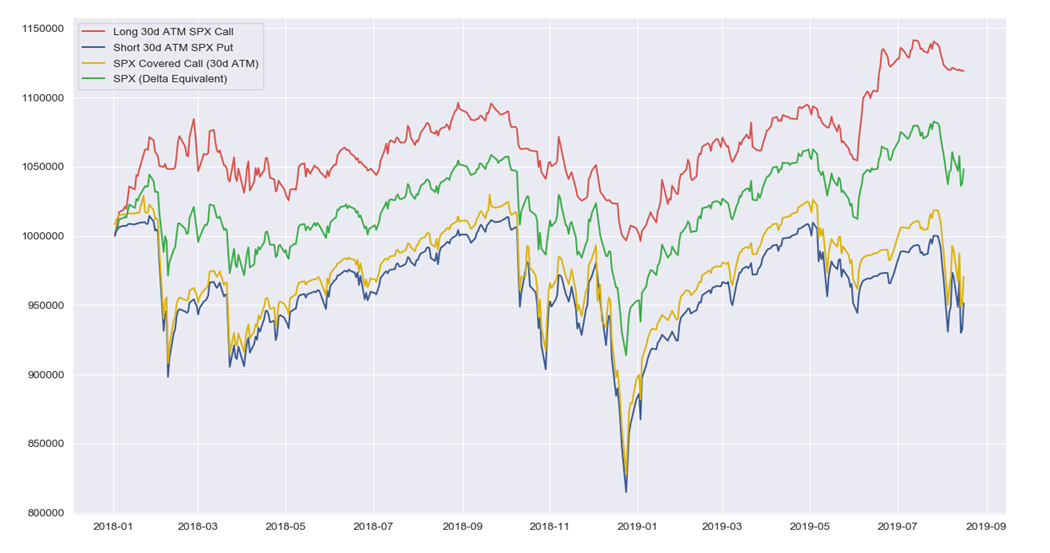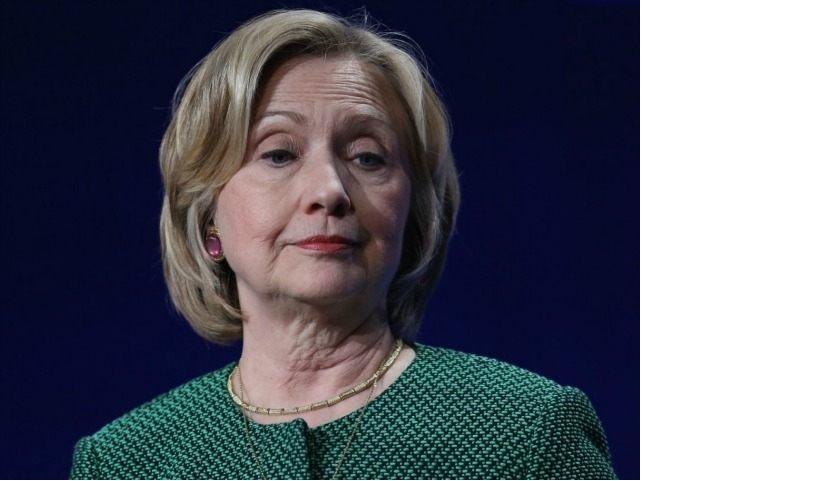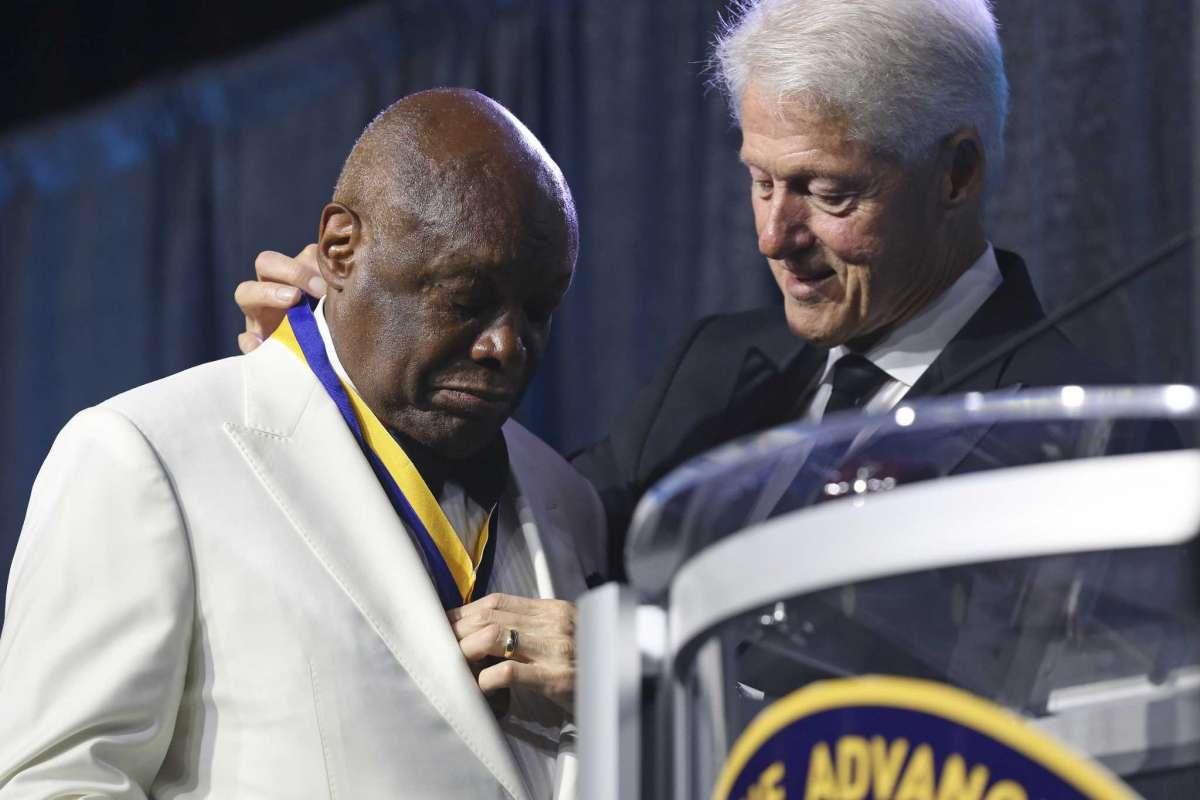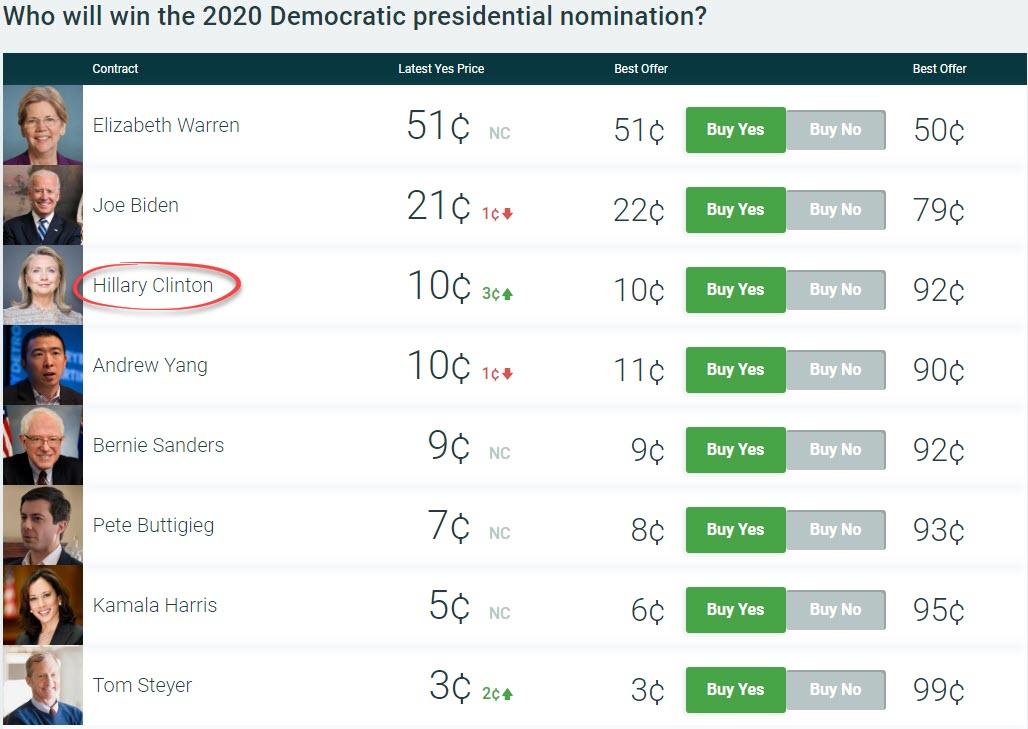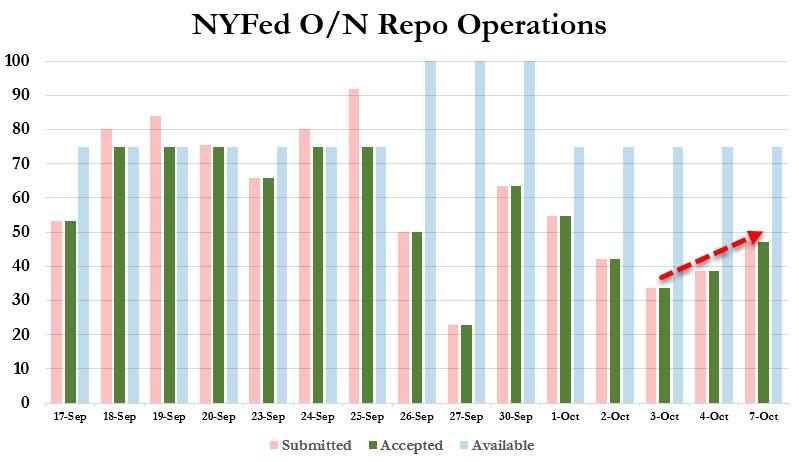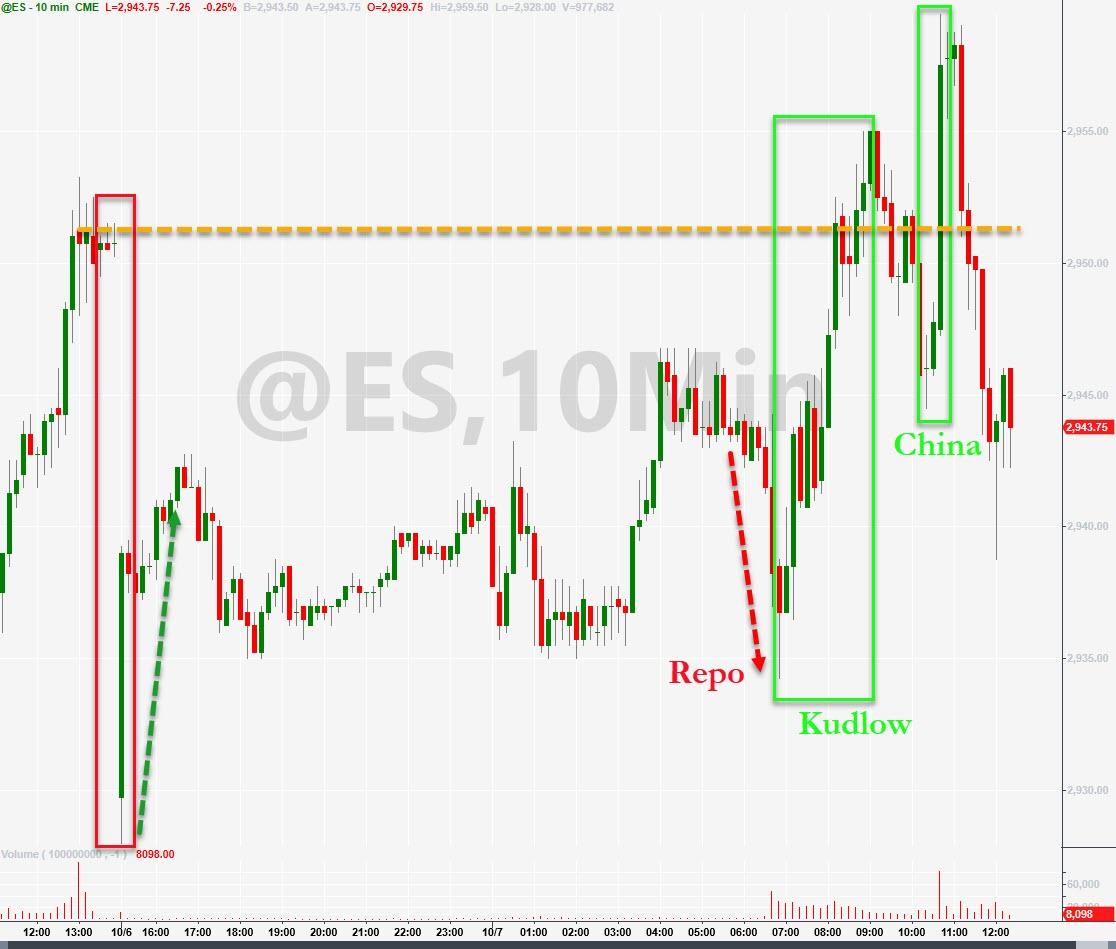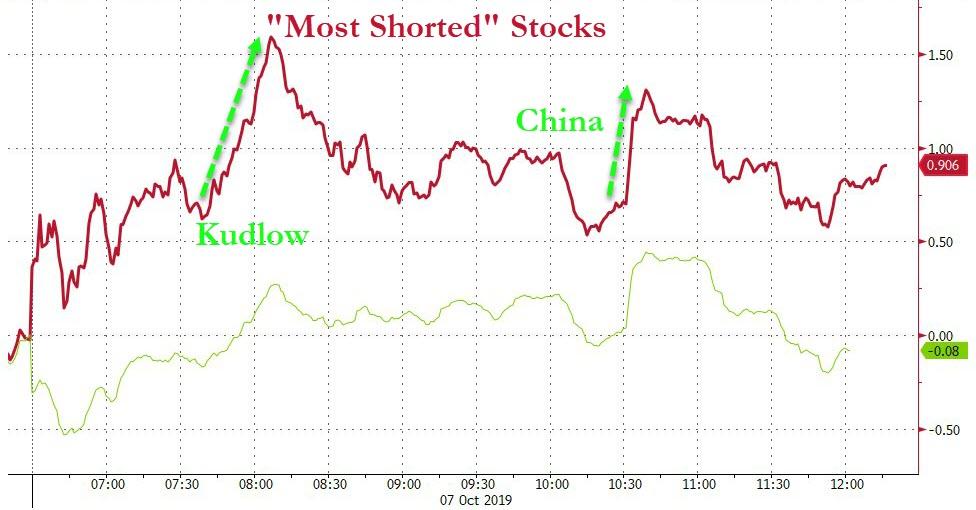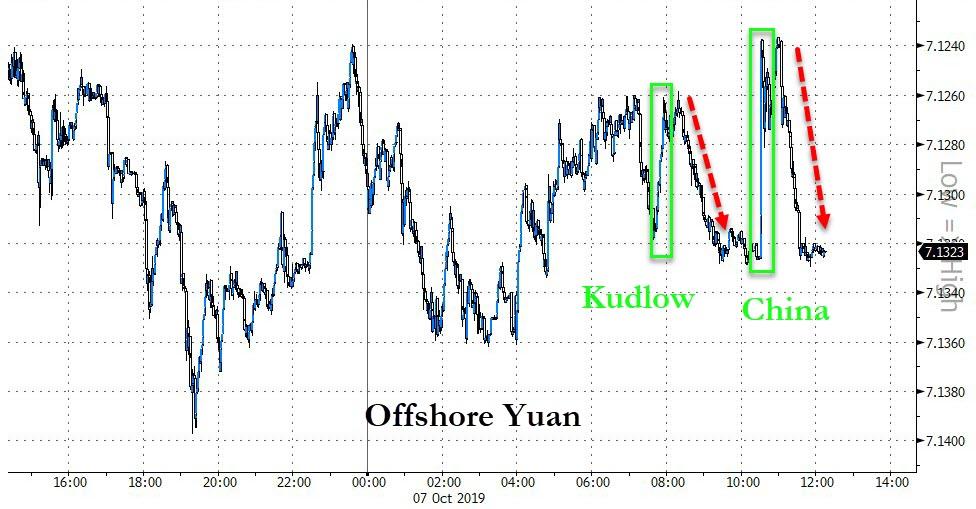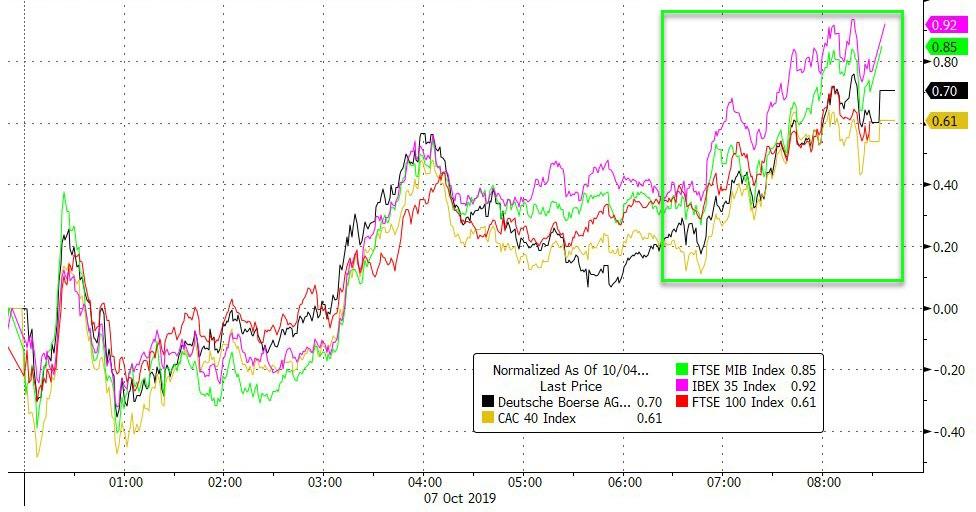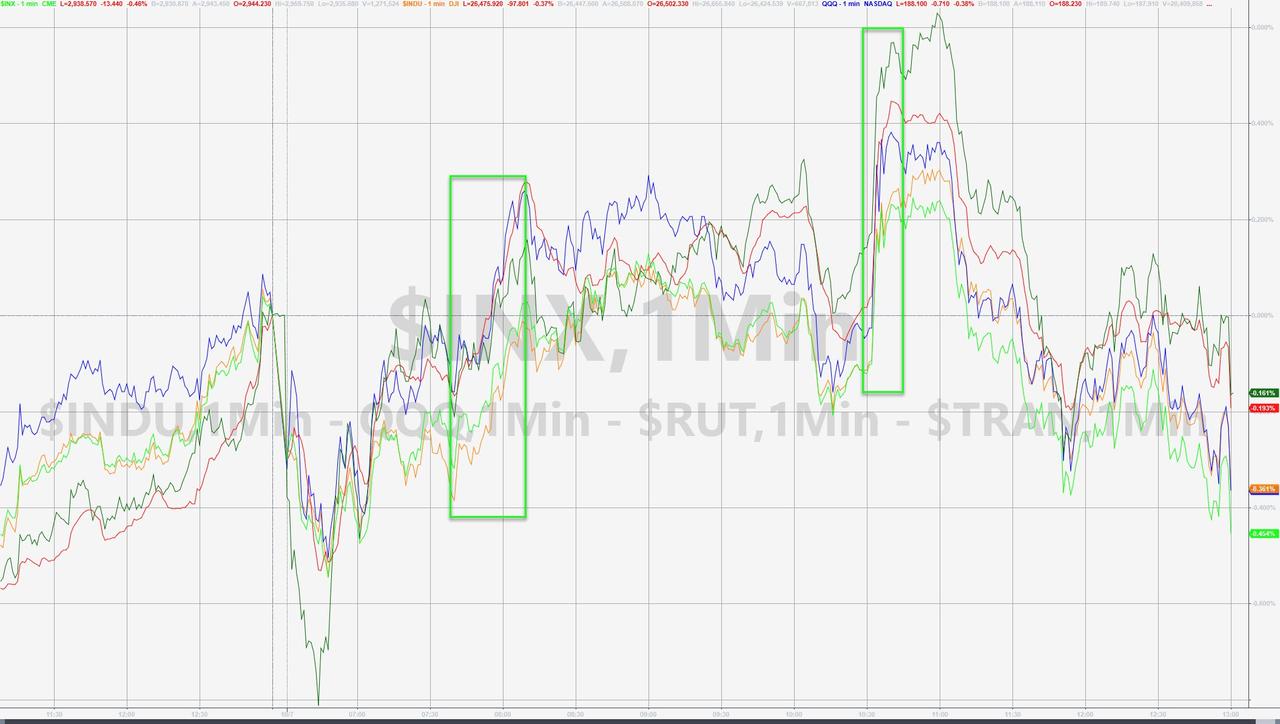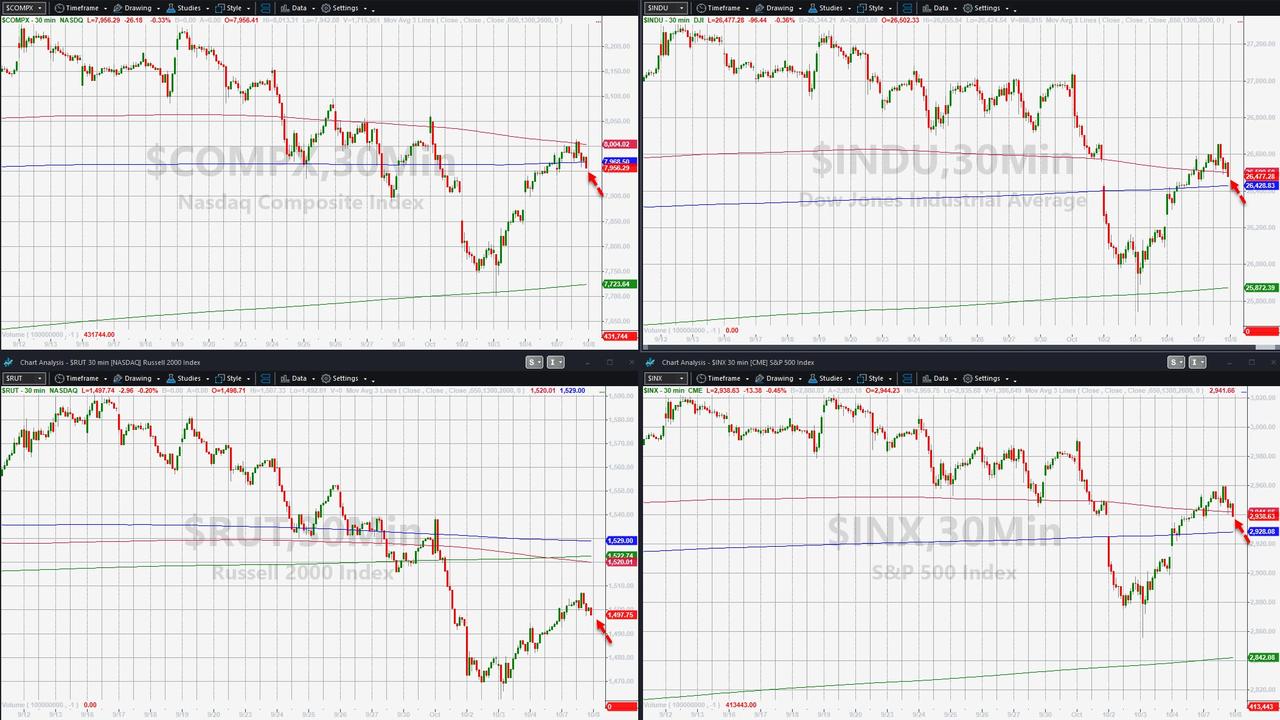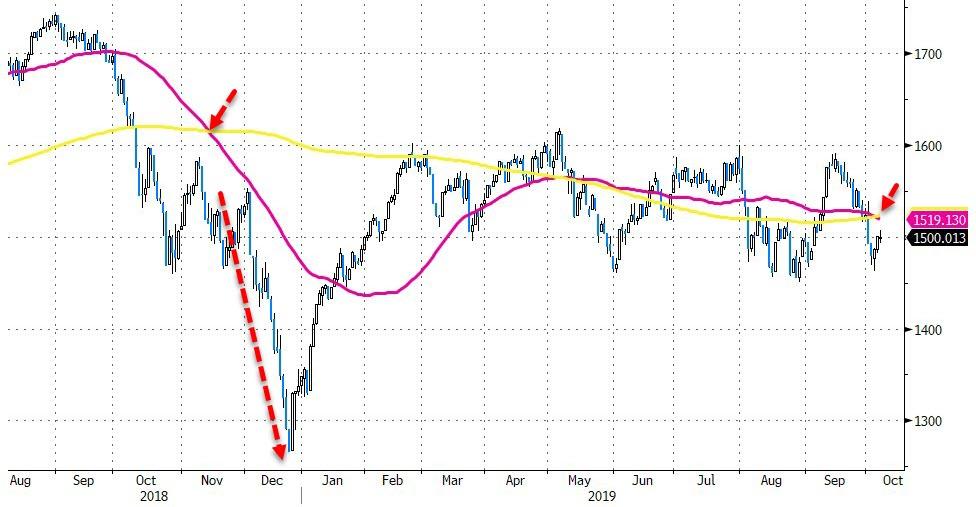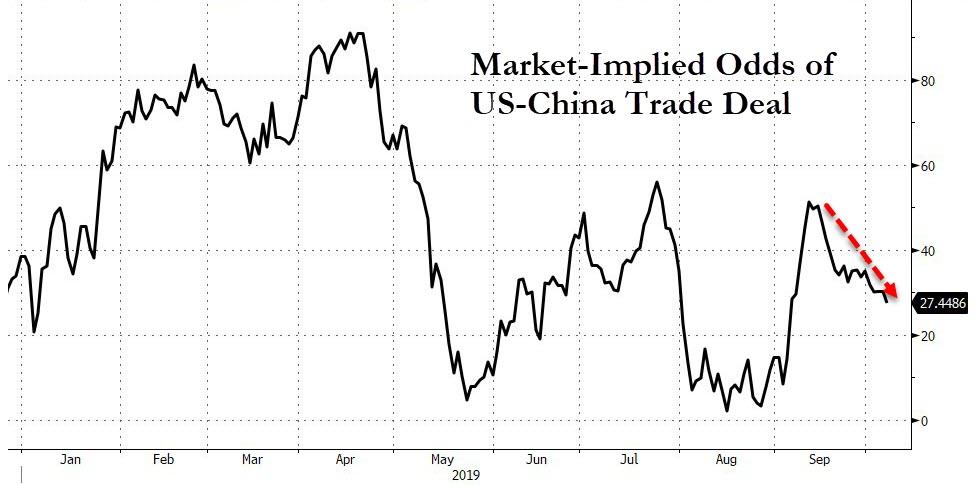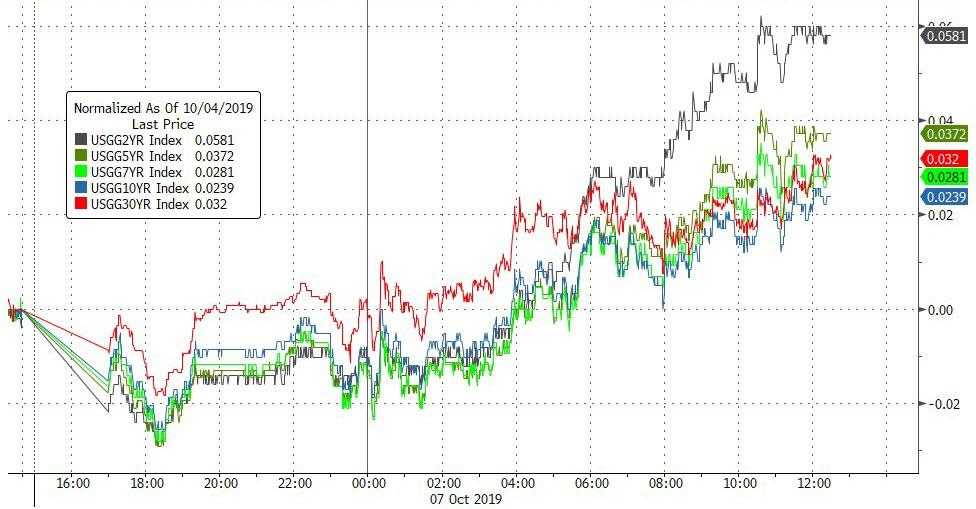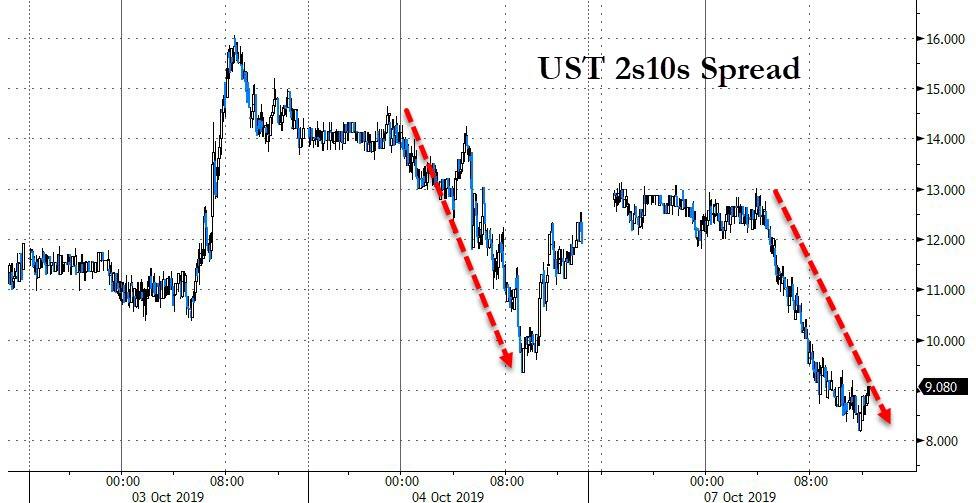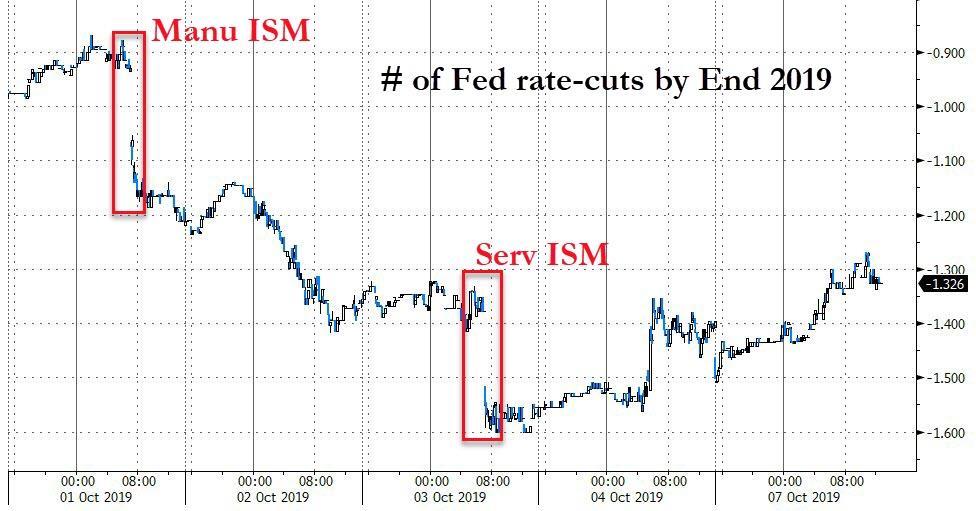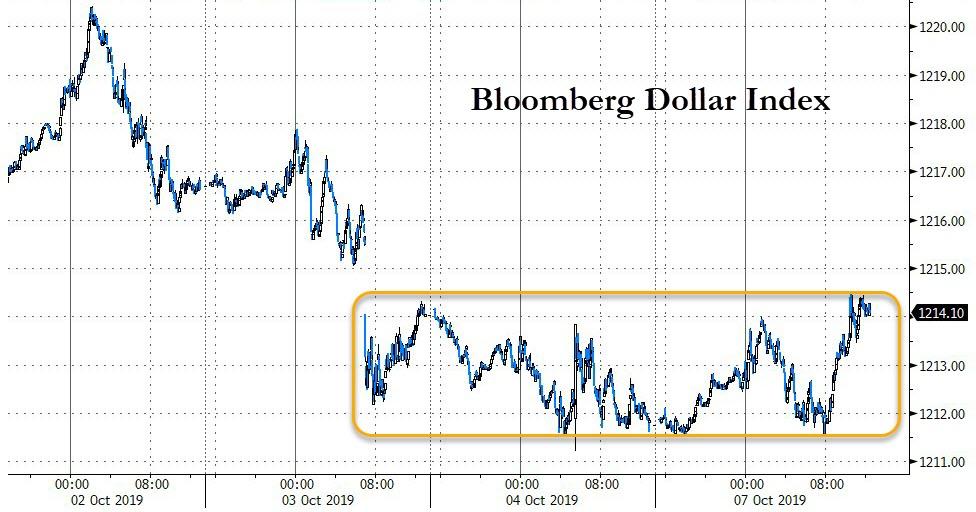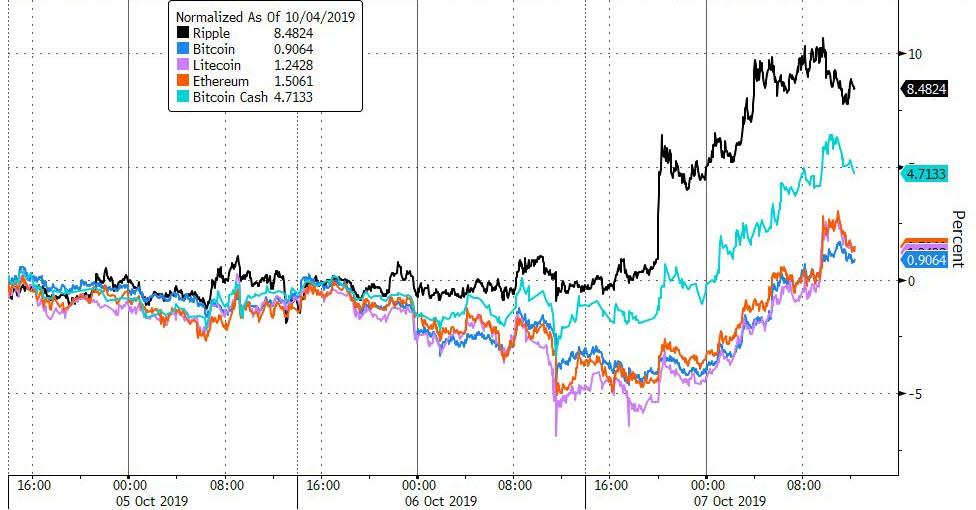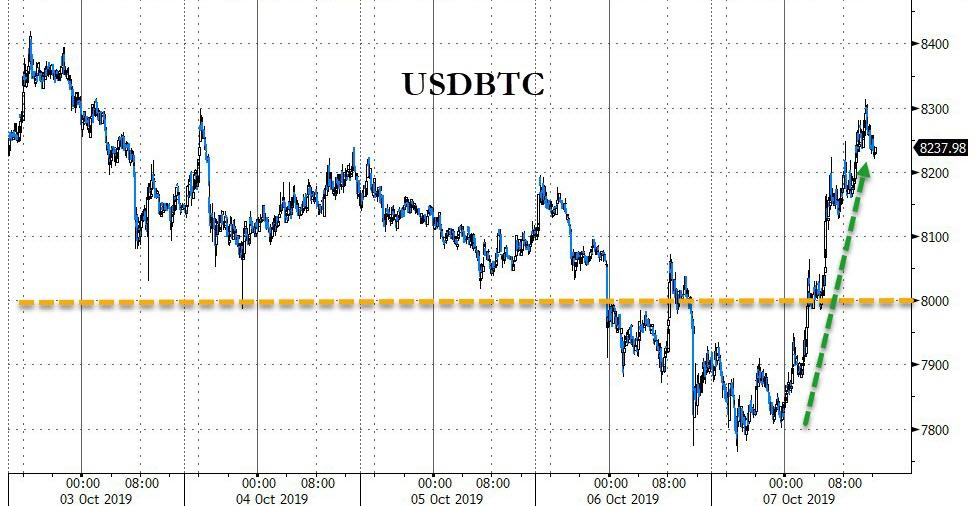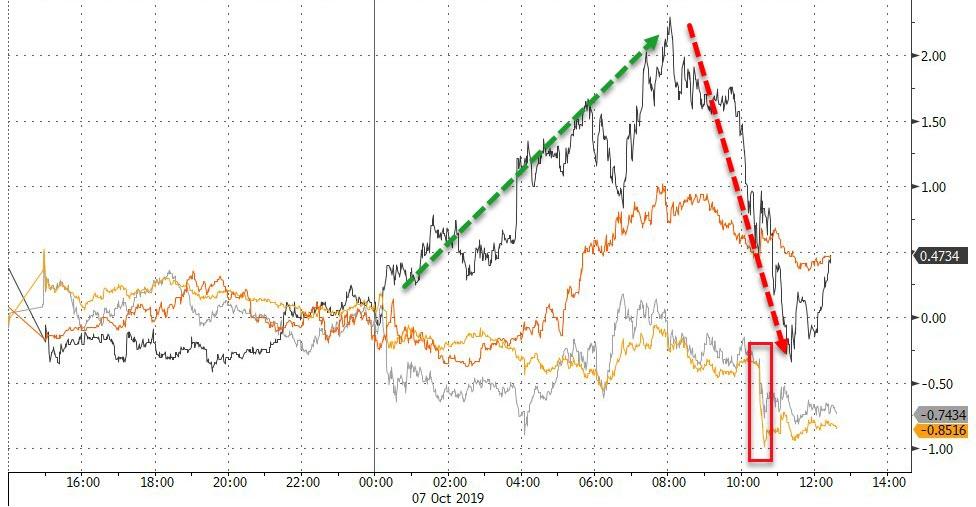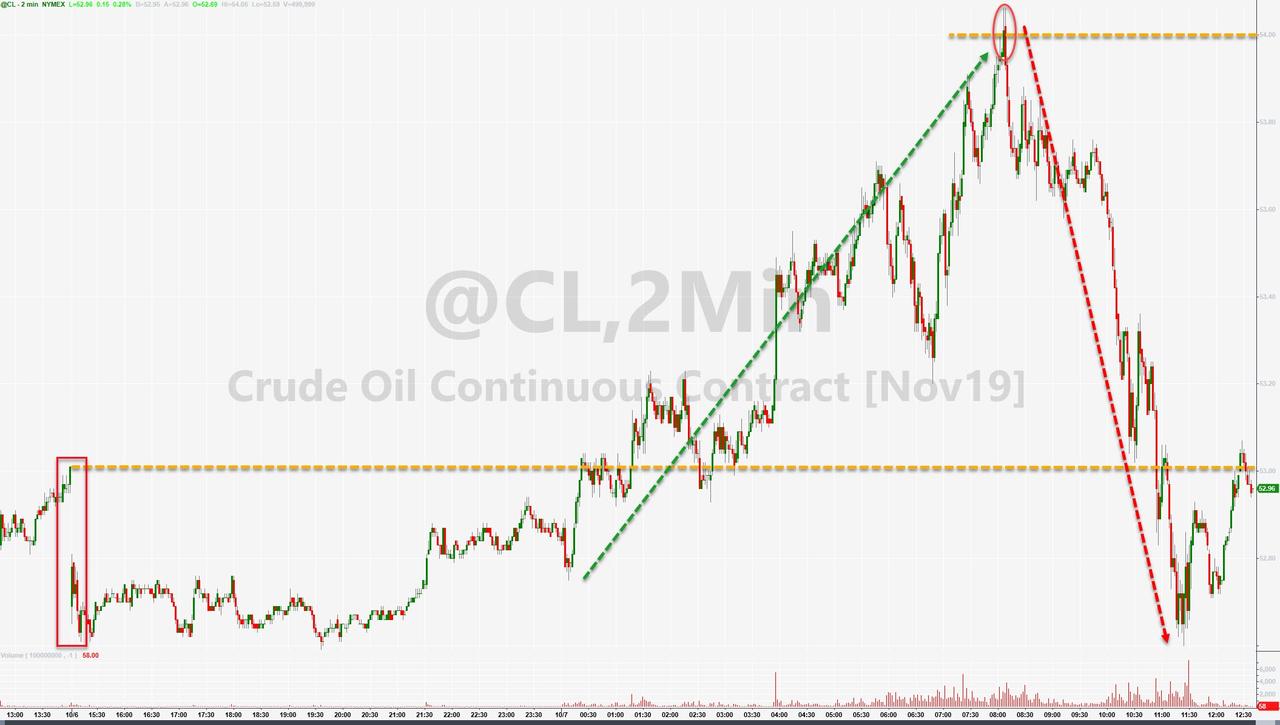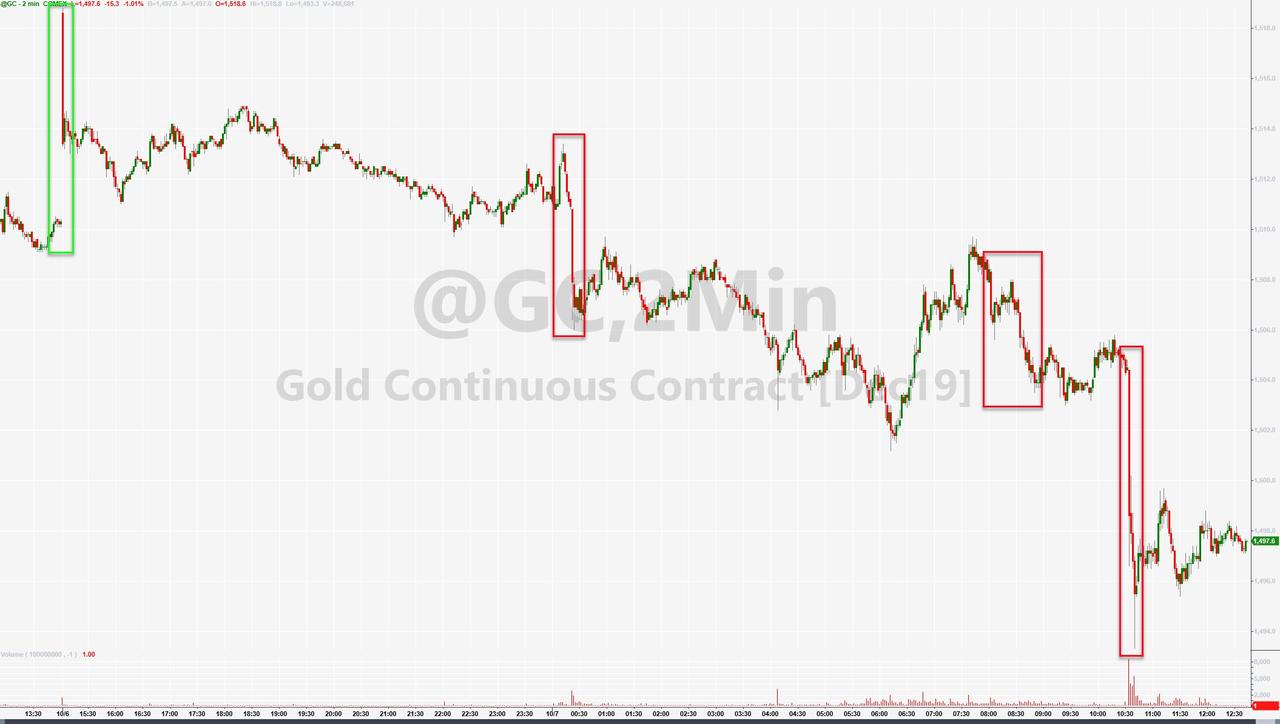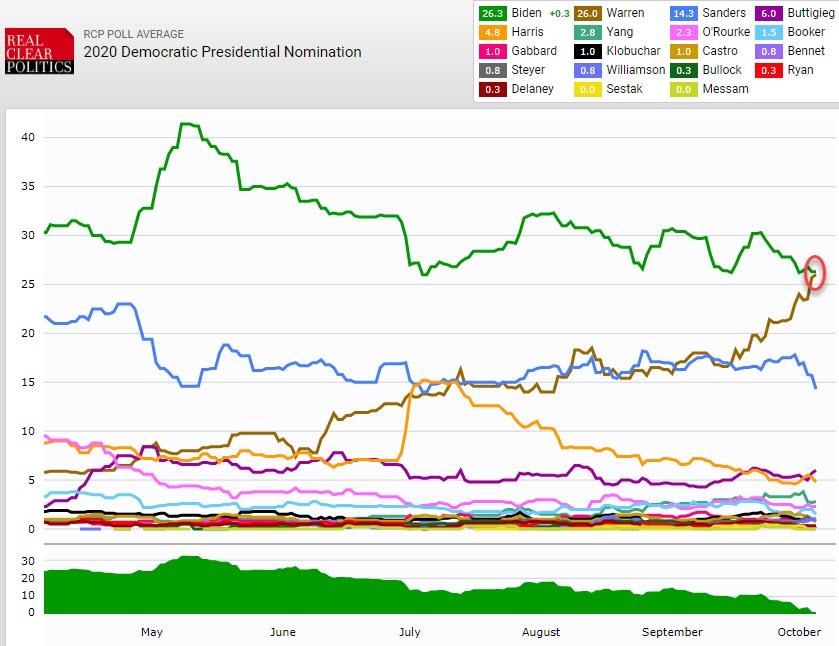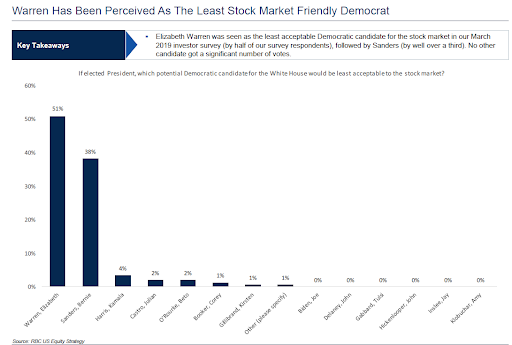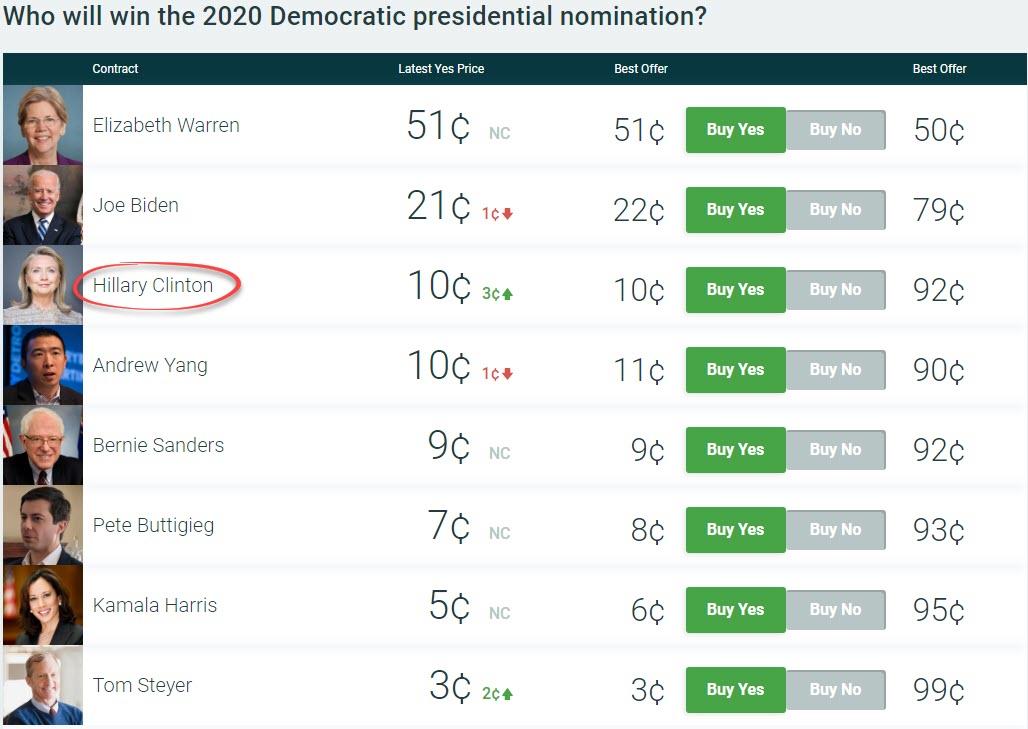The Joker And The Ideology Of Destructionism
Authored by Jeffrey Tucker via The American Institute for Economic Research,
“It’s a movie about one man’s descent into madness,” he said.
“Nothing else.”
So warned the ticket seller at the theater after I told him which movie I was going to see: The Joker. Why is the ticket seller pre-reviewing this movie for me? The line seemed overly rehearsed, a cautionary note to viewers as a way to prevent what has concerned people, namely that the movie’s fictional mayhem would generate real-world copycats.
Still, his mini-review did give me some reassurance. I had to drag myself to see the film that everyone is talking about. The previews alone were too creepy. Life is tough enough without movies introducing more sadness, which is precisely why I like to stick with uplifting fare. Still, I marshaled my way through this one.
There is a superficial way in which the man is correct. This is just about one guy. Even after leaving, I kept telling myself that. And yet after it was over, I experienced precisely what so many others have reported. The movie imparts an aura that you can’t shake. You take it home with you. You sleep with it. You wake up in the morning and see that damned face again. You think through scenes. Then you remember things. Then more starts to make sense – not moral sense but narrative sense.
It was also tremendously unpleasant viewing, the most difficult two-plus hours of movie watching I can remember. It’s also brilliant and gripping in every frame. The score is perfect. And the acting didn’t seem like acting.
As for the “just one man” interpretation, that’s hard to sustain. The street scenes. The subways packed with people wearing clown masks, headed to the protest. The rich, established businessman running for mayor and the protests that engender. The strange way in which this unsettling and violent figure becomes a folk hero on the streets. There is surely a larger point here.
Yes, I’ve seen the usual tug-of-war on Twitter about what it means.
-
It’s pro-Antifa!
-
It’s a conservative warning against extremist politics!
-
It’s a right-wing smear against the leftward drift of the Democrats!
-
It’s a left-wing apologia for the rise of the workers against the elites, so of course eggs need to be broken!
The trouble is that none of those narratives explain the various twists and turns, and the unease and ambiguity that the film creates within the viewer.
It took me a full day to come up with an alternative theory. The thesis probably pertains to all renderings of The Joker in print or film but this one is particularly prescient because its sole focus is on the one character, with the most elaborate backstory yet given. The trouble begins with personal life failures. While this man is troubled, you sometimes think that perhaps he is not so far gone as to be irredeemable. He might function well. He can get through this, just like everyone else deals with their own demons. Joaquin Phoenix does a great job of slipping in and out of crazy. He seems to behave fine around his mother, and his brief girlfriend. He has interactions that are not totally wrecked by his eccentricity.
Yet there are life circumstances that keep driving him more and more to the point that he loses love for life as it is. He gives up hope and fully embraces despair as a way of thinking and living. And then he does evil and discovers something that empowers him: his conscience does not provide a corrective. On the contrary, the evil he does makes him feel empowered and valued.
To review: his life was not working; he found something that worked for him finally. Then he embraced it.
What is that thing he embraced?
It has a particular name in the history of ideas: Destructionism. It’s not just a penchant; it’s an ideology, an ideology that purports to give shape to history and meaning to life. That ideology says that the sole purpose of action in one’s life should be to tear down what others have created, including life itself. This ideology becomes necessary because doing good seems practically impossible, because one still needs to make some difference in the world to feel that your life has some direction, and because doing evil is easy. The ideology of destructionism enables a person to rationalize that evil is at least somehow preparing the ground for some better state of society in the future.
What is that better state? It could be anything. Maybe it’s a world in which everyone owns everything equally. Maybe it is a world without happiness or a world with universal happiness. Maybe it is a world without faith. Maybe it is national production with no international trade. It’s a dictatorship – society conforming to One Will. It’s the absence of patriarchy, a world without fossil fuels, an economy without private property and technology, production without the division of labor. A society of perfect morality. The ascendance of one religion. Whatever it is, it is illiberal and therefore unworkable and unachievable, so the advocate must eventually find solace not in creating but in destroying the existing order.
The first time I read of the concept was in Ludwig von Mises’s 1922 book Socialism. He brings it up toward the end after having proven that socialism itself is impossible. If there is nothing positive to do, no real plan to achieve anything socially beneficial; because the whole idea is cockamamie to begin with, the proponents must either abandon the theory or find satisfaction in the demolition of society as it currently exists. Mises says that the attitude is very obvious in communism. But, he says, it is just as present in social democratic versions because their plans to achieve the utopian ideal in stages are equally untenable in practice.
Destructionism becomes a psychology of wreckage imparted by an ideology that is a failure by necessity of theory and practice. The Joker failed at life and so sets out to destroy it for others. So too are those consumed by an ideological vision to which the world stubbornly refuses to conform.
This is why any left/right interpretation of The Joker is too limited. In our own times, we are gorged by media and politics with insane visions of how society should work. It should not surprise us when these visionaries ultimately turn to anger, then dehumanization of opponents, and then plot plans for tearing down what exists just for the heck of it. That “what is” could be world trade, energy consumption, diversity, human choice generally, the existence of the rich, a degenerate race, the frustration of one man with his absence of effective power.
Destructionism is stage two of any unachievable vision of what society should be like against a reality that refuses to conform. Destructionism also proves to be strangely compelling to populist movements that are anxious to externalize their enemies and smite the forces that stand in the way of their reassertion of power. Finally they discover satisfaction in destruction – as an end in itself – because it makes them feel alive and gives their life meaning.
The Joker, then, is not just one man, not just a crazy person, but the instantiation of the insane and morbid dangers associated with persistent personal failure backed by a conviction that when there is a fundamental conflict between a vision and reality, it can only be solved by the creation of chaos and suffering. As unpleasant as it is, The Joker is the movie we need to see to understand and then prepare for the horrors that this unchecked mentality can unleash on the world.
In other words, The Joker has already created copycats, and has been doing so for centuries. The movie is the copycat.
Tyler Durden
Mon, 10/07/2019 – 18:25
via ZeroHedge News https://ift.tt/2LXr6XY Tyler Durden

